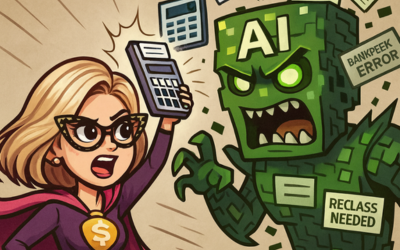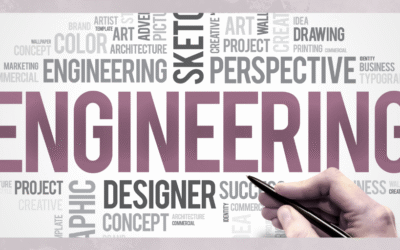Interior designers are masters of form and function—but when it comes to finances, things can get a little… less curated. Between sourcing, staging, and styling, there’s not always time to deep-dive into the numbers. That’s where good bookkeeping habits—and smart systems—come in.
Here are the top 10 financial challenges design firms face, plus solutions to help you stay profitable and peaceful.
1. Project-Based Cost Tracking
The challenge: You’re working on multiple client projects, each with its own budget, vendors, and timeline. If you’re lumping all expenses into one big pot, it’s hard to see which jobs are profitable.
The solution:
Use a system like Xero with Projects or QuickBooks Online + classes or tags to assign income and expenses to each client. This lets you generate profitability reports per project—so you can see what’s working and what’s eating up time or money.
2. Managing Vendor Payments & Deposits
The challenge: Ordering custom items often requires upfront deposits, staggered billing, and chasing multiple invoices. Without a clear tracking method, it’s easy to double-pay or lose sight of what’s been received.
The solution:
Track vendor invoices and partial payments using accounts payable software or a streamlined purchase order system. Keep documentation tied to each project folder. Consider apps like Dext or Hubdoc to snap and store receipts digitally.
3. Handling Client Advances & Retainers
The challenge: You collect a design retainer upfront—but if you record it as income right away, you’re overstating revenue and creating potential tax headaches.
The solution:
Record retainers as liabilities until work is performed. Then transfer earned portions into income as milestones are completed. Your bookkeeping software can automate this if set up correctly, or a bookkeeper can help ensure you stay compliant.
4. Sales Tax Complexity
The challenge: Are your design services taxable? What about that custom chandelier? What if it ships to another state? Interior designers often get stuck navigating murky sales tax rules.
The solution:
Use a tool like TaxJar or Avalara to calculate and track sales tax obligations based on the item type and location. For furniture and décor, build tax calculations into your invoices upfront, and file your returns monthly or quarterly.
5. Markups on Materials
The challenge: Designers often mark up trade pricing—but if you don’t track costs vs. income per item, you’re flying blind when it comes to profit margins.
The solution:
Use a quoting/invoicing system like Studio Designer, DesignFiles, or Ivy by Houzz Pro that allows you to enter item costs, apply markups, and generate client-ready proposals and invoices automatically.
6. Reimbursable vs. Non-Reimbursable Expenses
The challenge: You pick up samples or pay for parking during a site visit—should the client pay for that? If you don’t separate out reimbursable expenses, your profitability reports won’t be accurate.
The solution:
Create a separate expense category in your books labeled “Client Reimbursables” and tag expenses by project. When you invoice the client, those charges should be coded to offset the expense so you’re not showing false losses.
7. Time Tracking for Billing
The challenge: You’re juggling client consults, install days, and admin work—but not tracking your time consistently. This leads to underbilling or forgotten billable hours.
The solution:
Use Harvest, Toggl, or Clockify to track time per task and per client. Many of these tools integrate directly with invoicing software, so you can bill for time automatically with less guesswork.
8. Cash Flow Management
The challenge: You’ve paid thousands for materials but won’t get final payment for months. Meanwhile, payroll and rent are due.
The solution:
Adopt a cash flow forecast that looks 3–6 months ahead. Use tools like Float or Xero’s built-in planner to model inflows and outflows. Always collect upfront payments for big-ticket items and consider a 50/30/20 payment structure to spread costs and revenue evenly.
9. Software Integration Issues
The challenge: Your design software doesn’t play nicely with your accounting tools, creating duplicate entry and data headaches.
The solution:
Choose software with robust integrations. Studio Designer, Ivy, and Design Manager offer QuickBooks integrations. Or switch to Xero, which plays well with hundreds of industry tools and has a more open API for custom workflows.
10. Lack of Financial Clarity
The challenge: Without regular financial reports, you don’t know where your business stands—or how to scale it confidently.
The solution:
Set up monthly financial check-ins (even if it’s just with yourself) to review project profitability, outstanding invoices, cash flow, and tax prep. Or partner with a bookkeeper who understands the interior design industry and can translate your numbers into real insight.
Final Thoughts
Great design is intentional—and your financial systems should be too. By addressing these common challenges, you can run a more profitable, scalable firm without drowning in spreadsheets.
Want help getting your books in designer shape?
Let’s talk about how Creative Balance Bookkeeping can support your interior design business.





